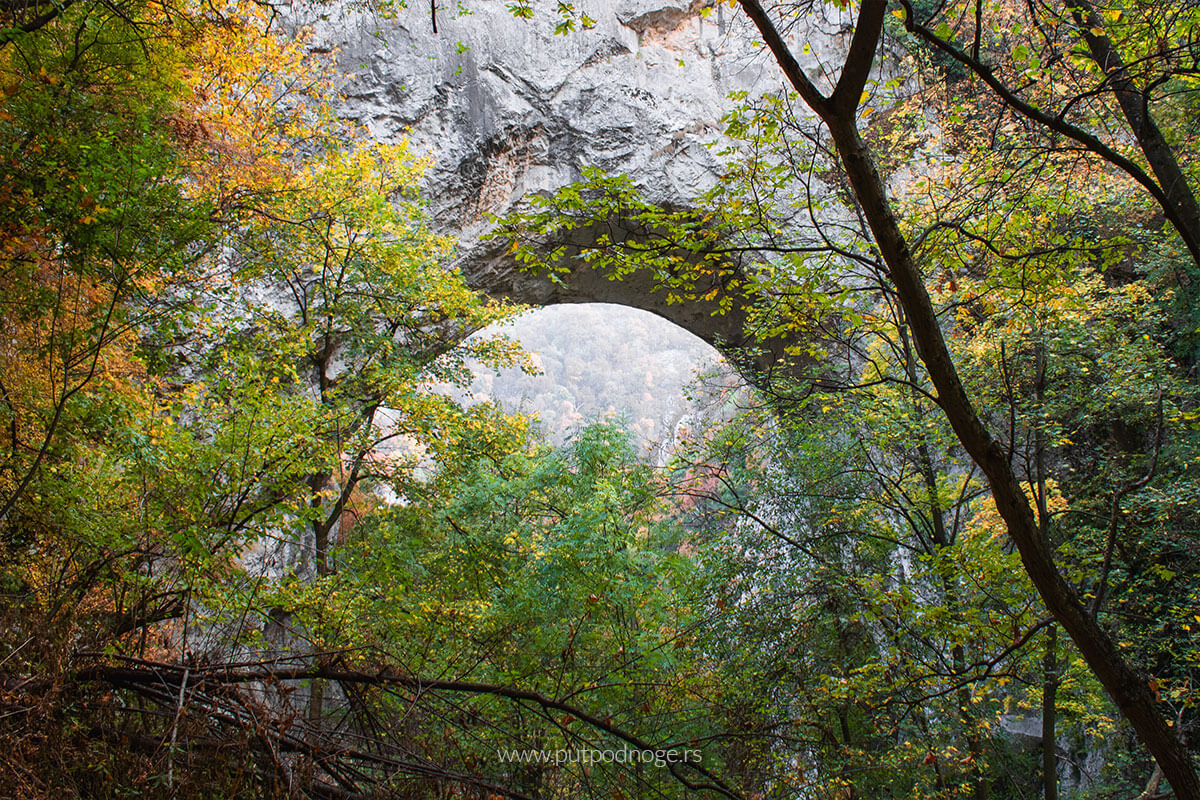
Journey under the stone bridges – Prerasti Vratne (Vratna Stone Bridges)
Prerasti Vratne are true natural gems of Eastern Serbia, with their magnificent stone formations that take the breath away of every visitor. These natural bridges, through which the river has carved its way through the rocks, represent a unique combination of geological beauty and historical significance. The „prerasti“ are part of a unique karst area, where rocks, shaped over millennia, have created bridges, tunnel-like passages, and unusual rocky structures. Visiting this impressive site offers the opportunity to experience the tranquility of nature and admire the mighty force that nature has used to shape this region.
These stone formations are not only a geological phenomenon but also part of the legend of this region. Like many other natural wonders, stone bridges have their own stories, which are spoken of with respect and admiration. Although not the most famous part of Serbia, it is precisely their untouched beauty and position in nature that make them a perfect destination for all lovers of natural beauty and adventure tours.
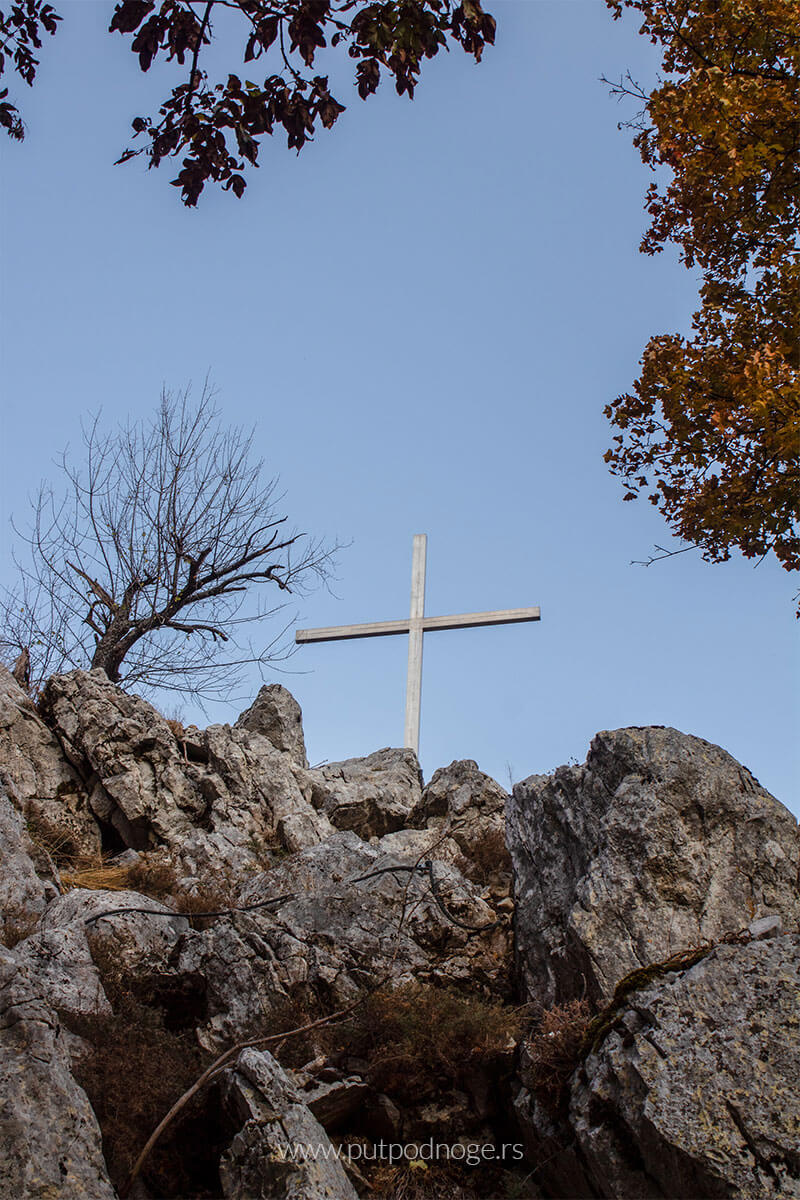
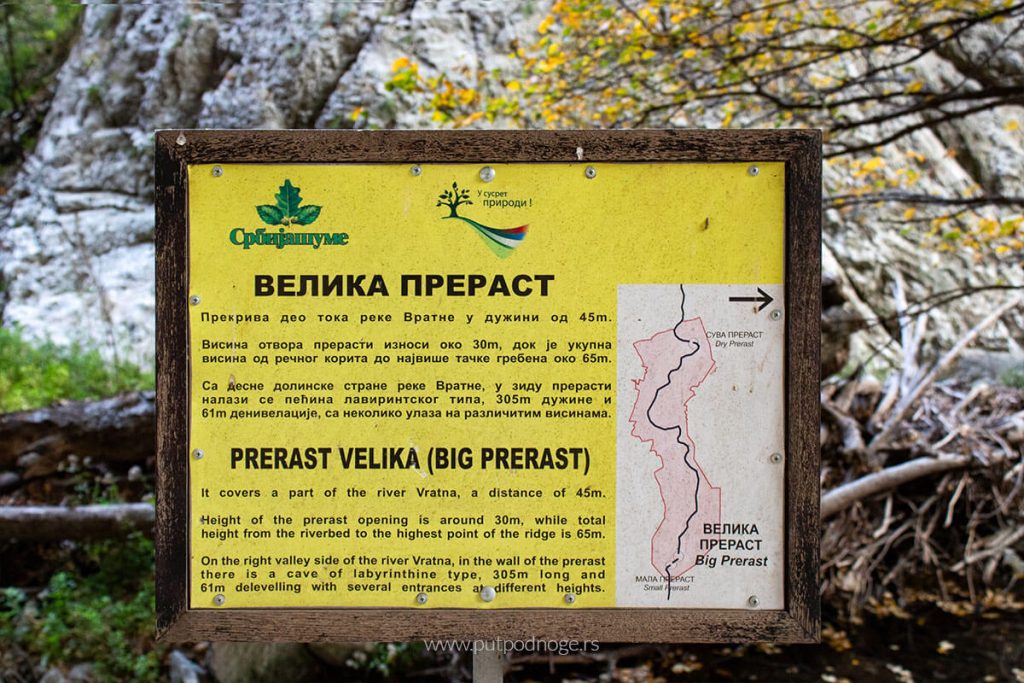
The Vratna Monastery, which we visited before heading into the dense forest, is nestled at the entrance to the canyon, with the rocky ridges already looming above it. The monastery was founded by Saint Nikodim Tismanski, a Romanian monk, in the 13th century. From the parking lot in front of the monastery gate and the information board and signposts, a well-marked trail begins towards the Vratna River canyon.
The trail takes us uphill through a dense deciduous forest. There are plenty of signposts, so it’s hard to get lost. At one elevation, the trail splits, and we take the left path that leads us straight into the heart of the canyon. Even from the trail, we can sense what awaits in the canyon, as the sky is nearly blocked by vertical stone walls.
Late autumn may be the best time to visit the Vratna Canyon for several reasons. The autumn colors of the leaves give an incredible appearance to these steep cliffs, and thanks to the reduced vegetation, you can see the stone arches more clearly. Another perhaps more important reason is that it’s already cooler, and there’s less likelihood of encountering any vipers, which are quite numerous in the canyon. During the warmer months, you need to be more cautious, as we are entering their territory uninvited.
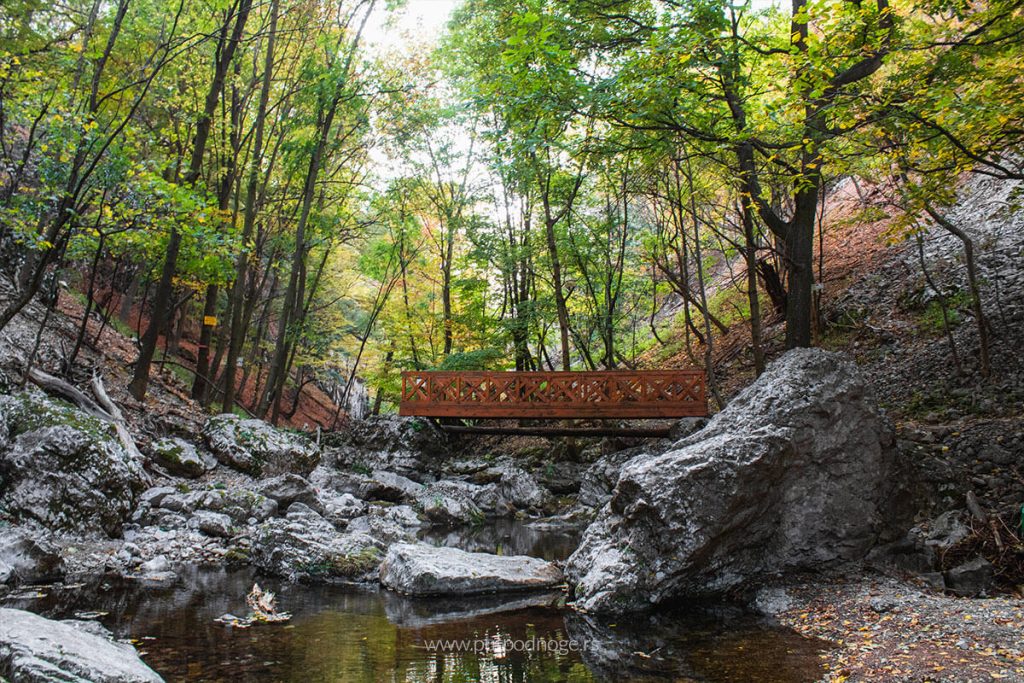
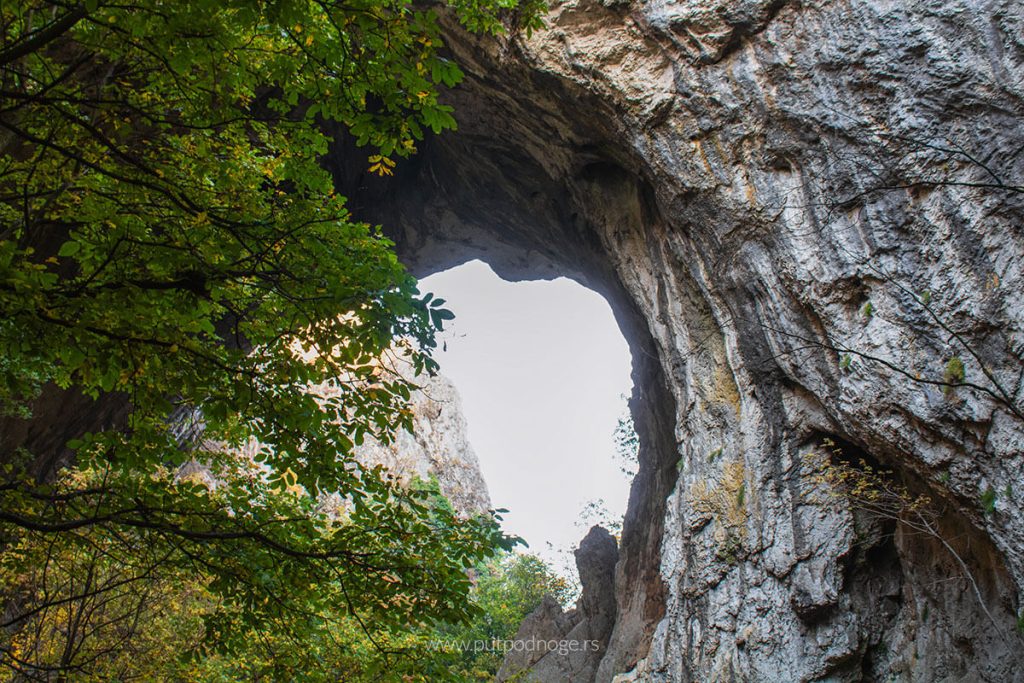
We descend to the river and already see two stone arches. The Prerasti, or stone arches, are unique natural treasures and are actually the remnants of a massive cave that collapsed over time, leaving behind these three arches in the canyon. Prerasti are not a common natural phenomenon, and in Serbia, there are 10 of them, three of which are here.
The easiest to visit are the Small and Large Prerast, while the third, Dry Gate, requires a bit more effort and a hike through the canyon or forest (at the split where I mentioned we took the left path). It will take about 2.5 hours to reach the Dry Gate. We had to leave that part of the visit for another time because daylight was quickly fading, and night would fall in an hour.
The Small Prerast is the first you will encounter, rising above the stream at a height of 34 meters. A new surprise follows when you see the Large Prerast, which is located nearby. Although it is shorter, it looms over the river at a height of 26 meters, and its massiveness and length of 45 meters justify the name, Large Prerast.
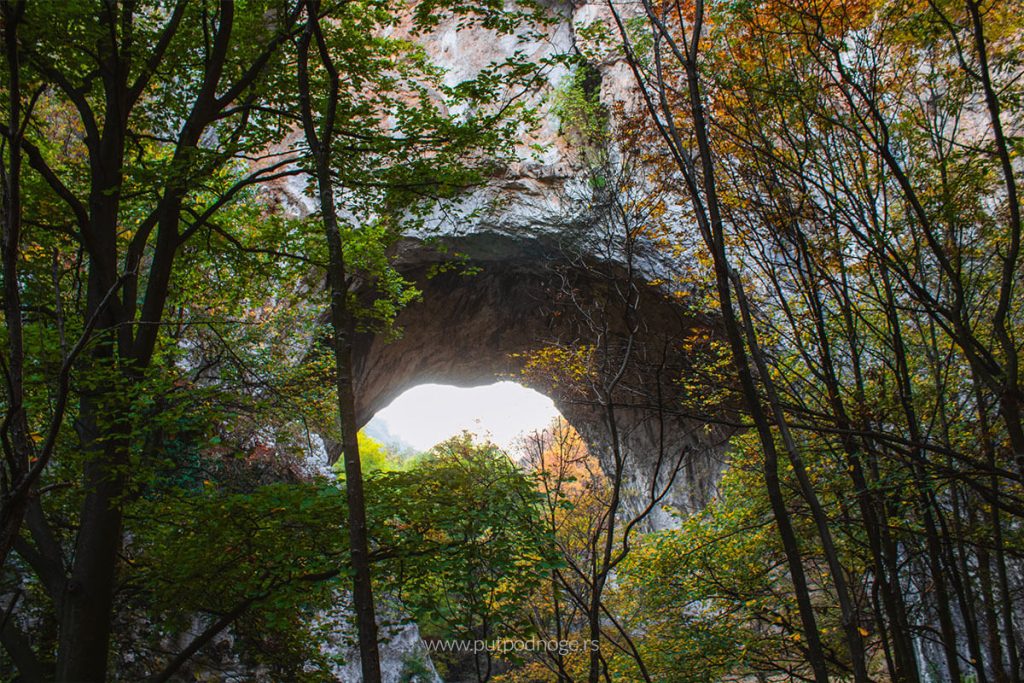
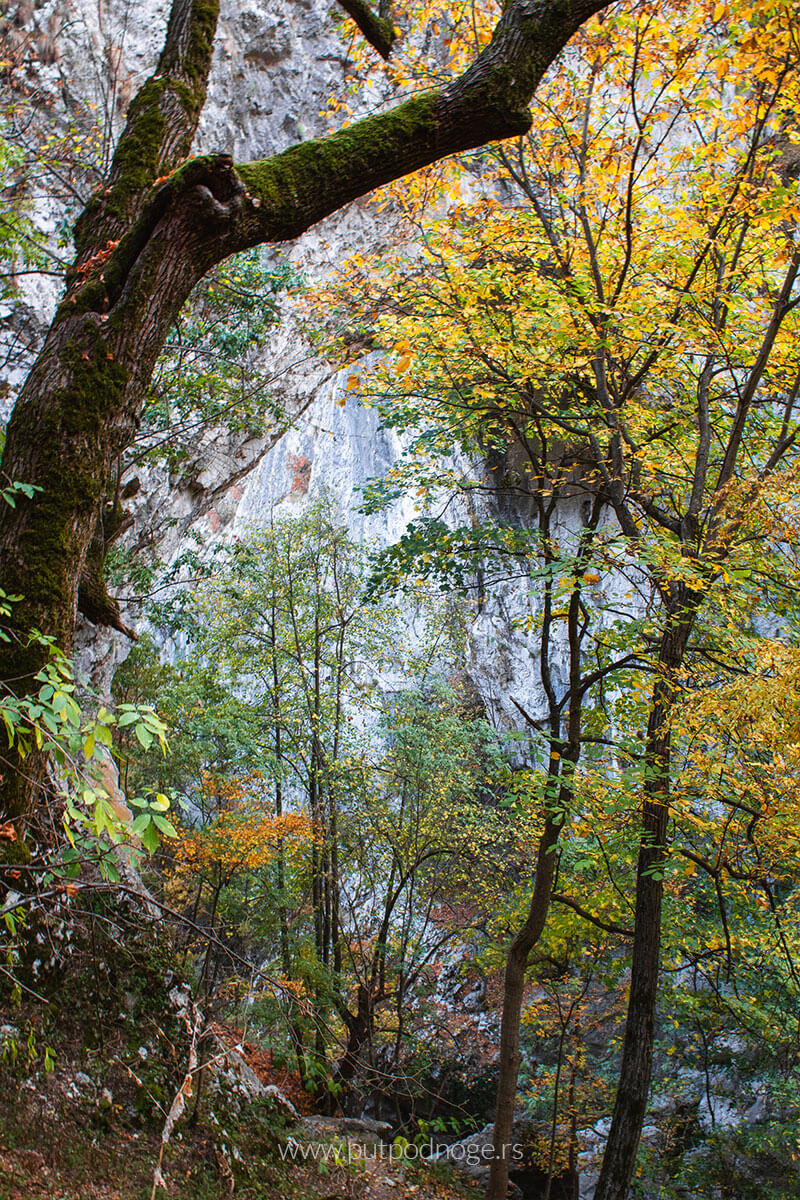
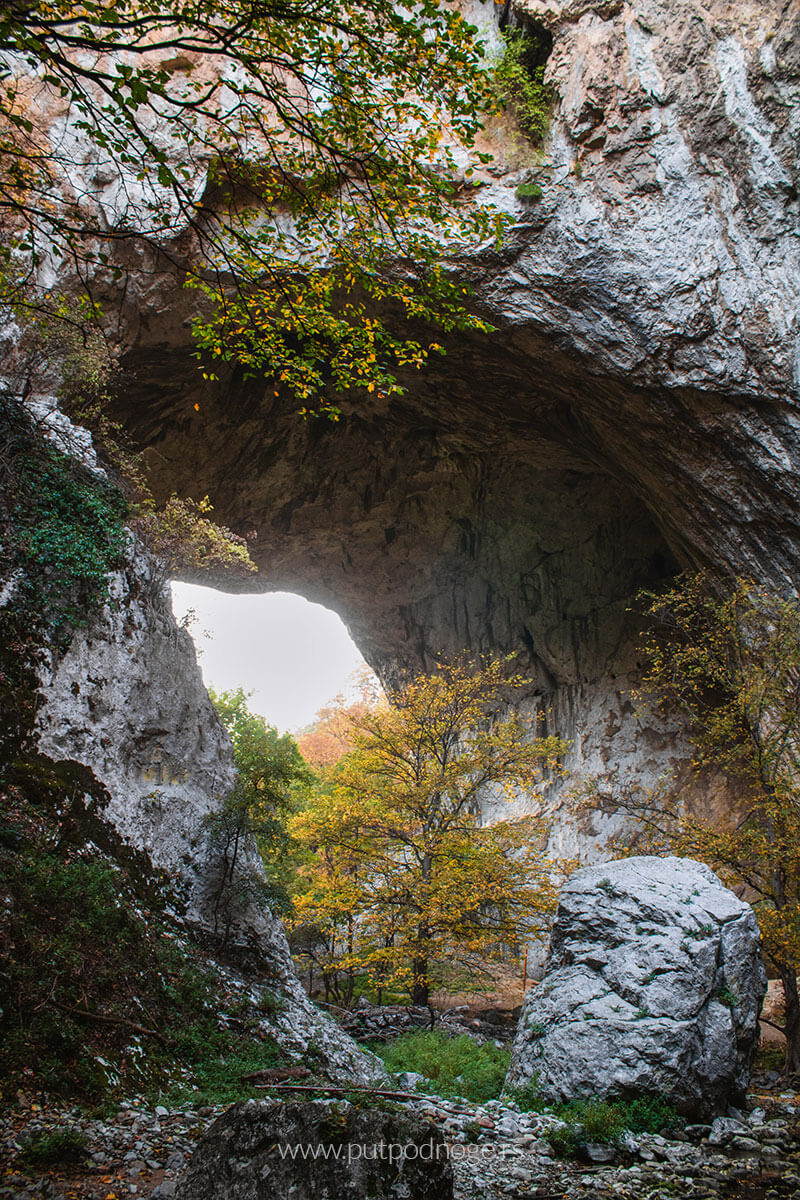
The Small Prerast is about 200 meters from the medieval monastery, 15 meters long, 30 meters wide, and with an opening height of 34 meters. The Large Prerast is 45 meters long, 23 meters wide, 26 meters high, and the arch is 30 meters deep. These two gates are called monastic gates and have the same origin. The third in the series, Dry Prerast, which is 34 meters long, 15 meters wide, and 20 meters high, is about two kilometers from the first two, and it is the most inaccessible, youngest, but also the most beautiful and challenging for explorers. In its vicinity, three unexplored caves have been discovered, and speleologists say that the first one is the longest, about 400 meters, the second is the most attractive, with a small lake of unusual beauty, and the third is the largest, with numerous intertwined tunnels and corridors.
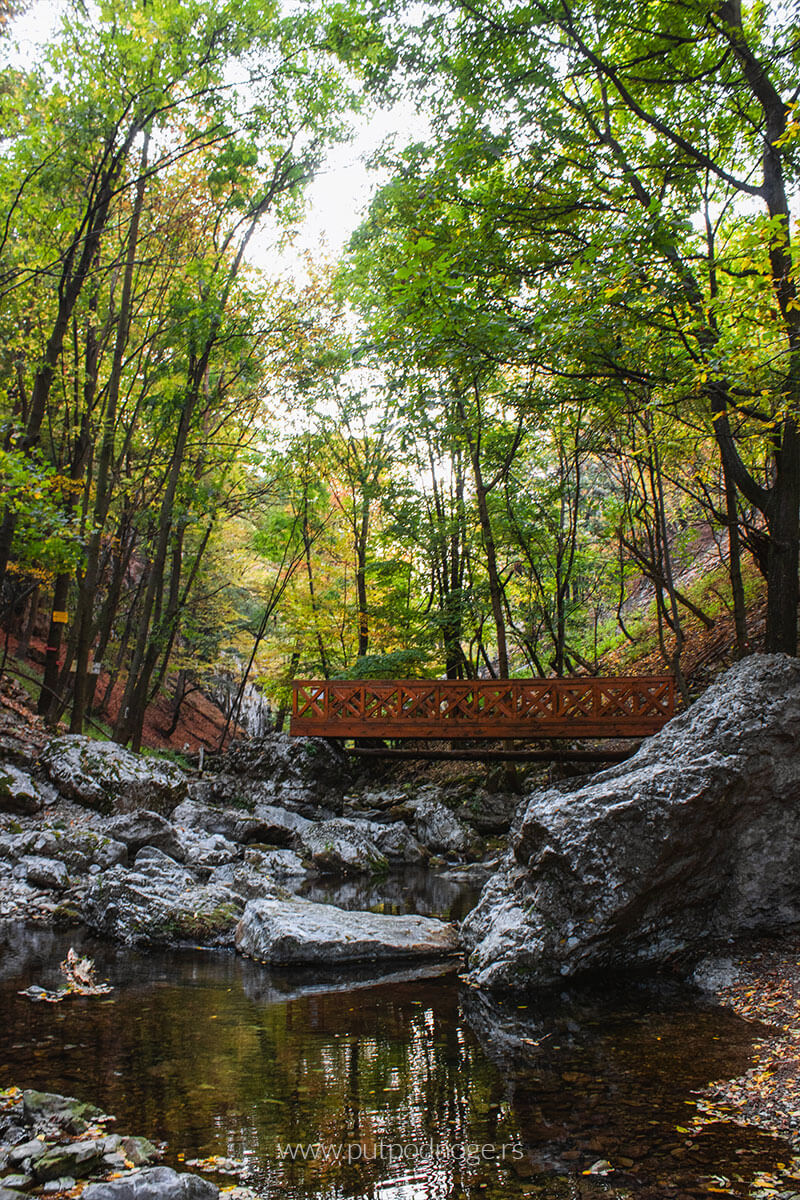
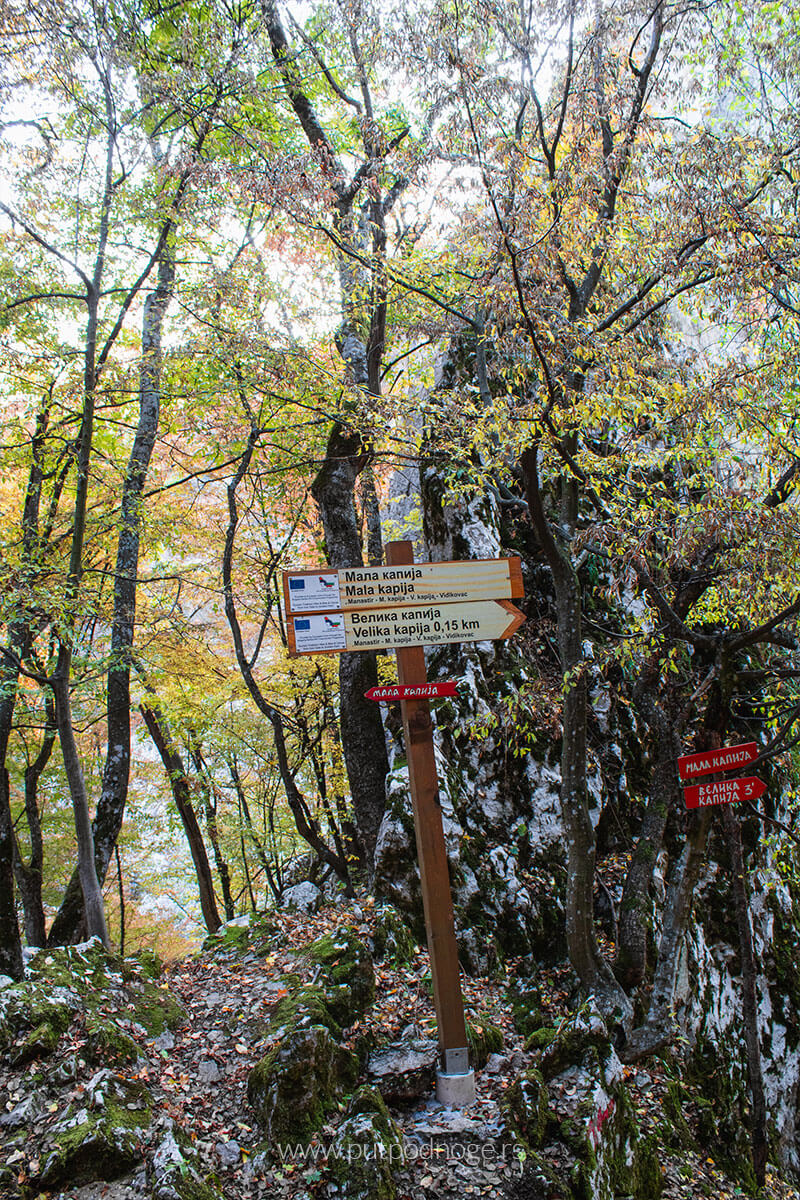
As we began to lose daylight, we continued our journey to Negotin, where we would spend the night, and from there, head towards the Lazarus Cave and the canyon the next day.
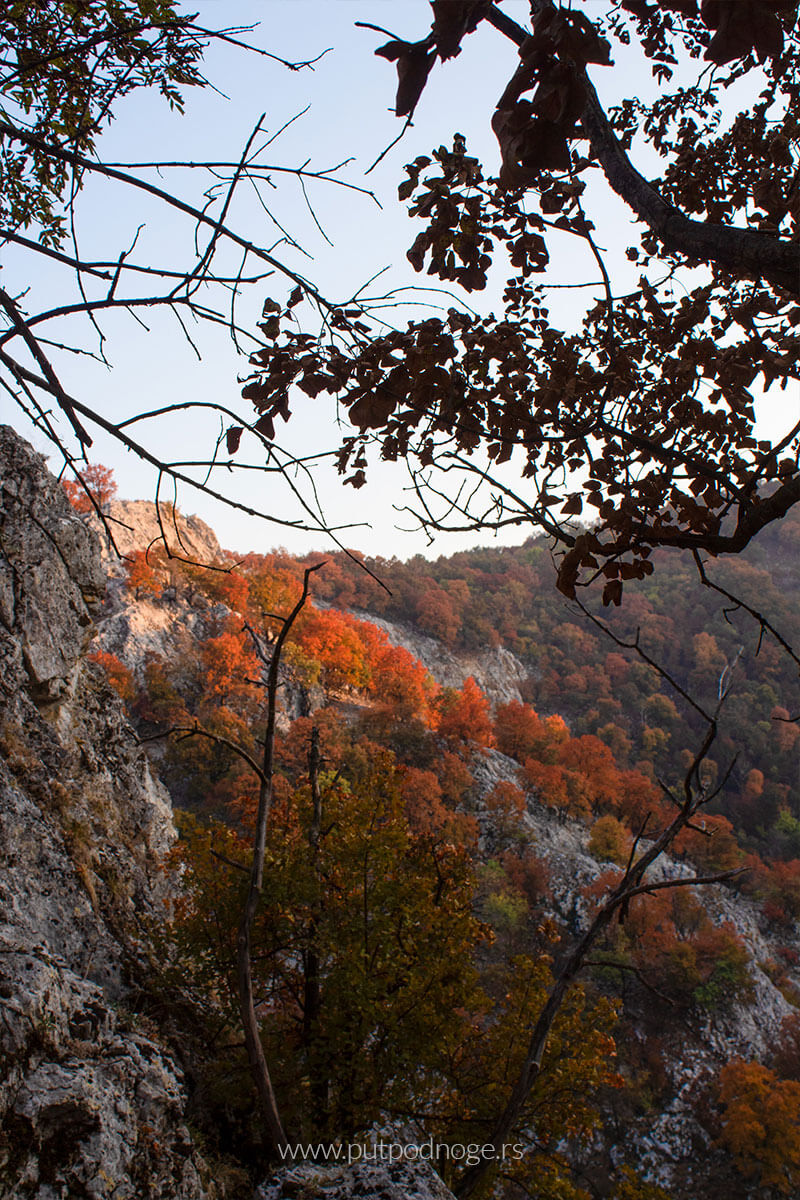
How to get there
Getting to Vratna Prerasti is easy, but the road leading to this natural wonder deserves attention. We start from Negotin and head towards the village of Vratna. The road is relatively simple and well-marked, so you’ll easily spot the signs guiding you to the entrance of the canyon. From Vratna, follow the trail leading to the stone bridge. The climb is easy and pleasant, and the trail is suitable for all nature lovers – there are no steep ascents, and walking along this part of the trail is a true pleasure as you’ll be surrounded by lush vegetation and forests that adorn this region.
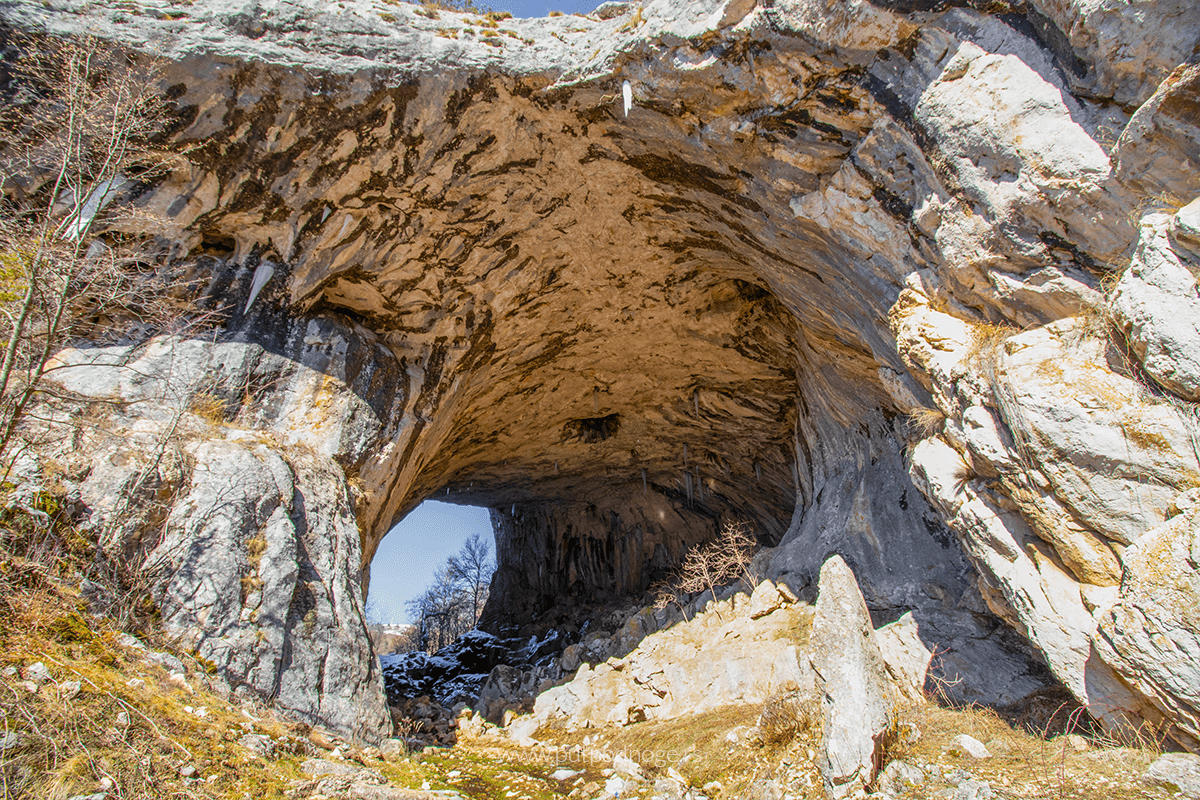
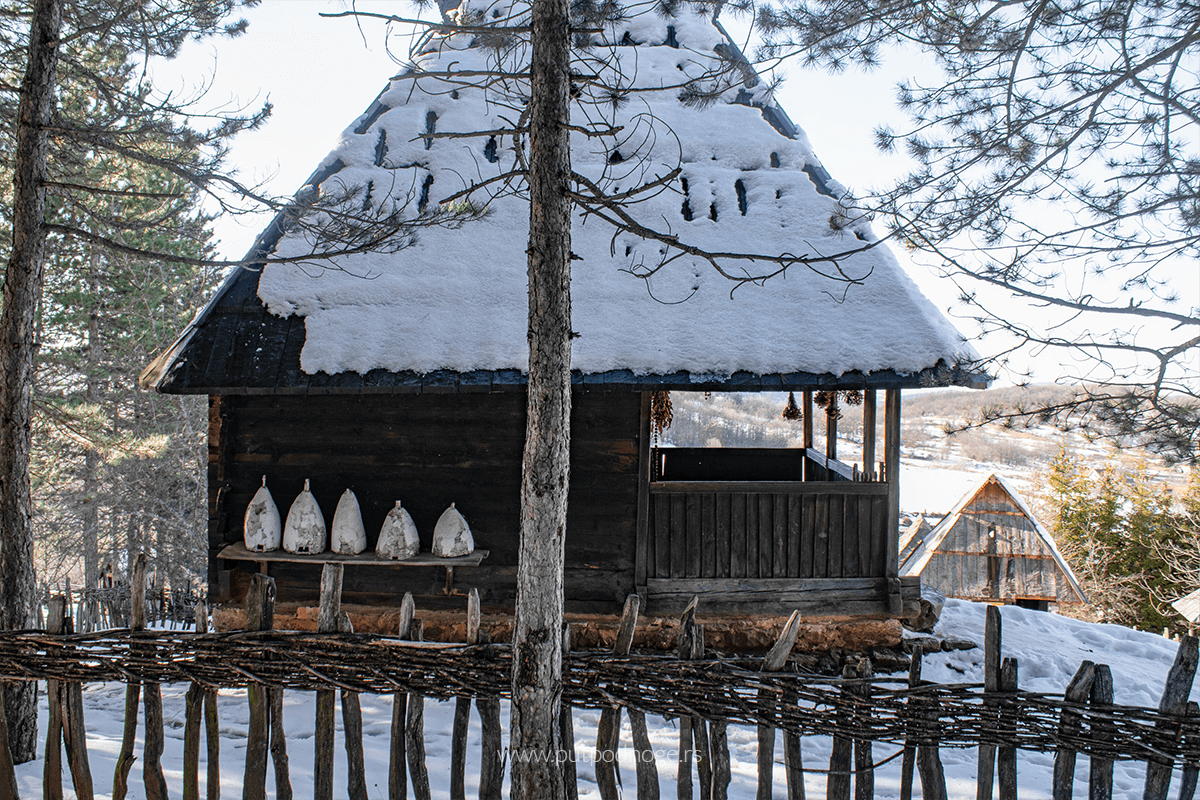
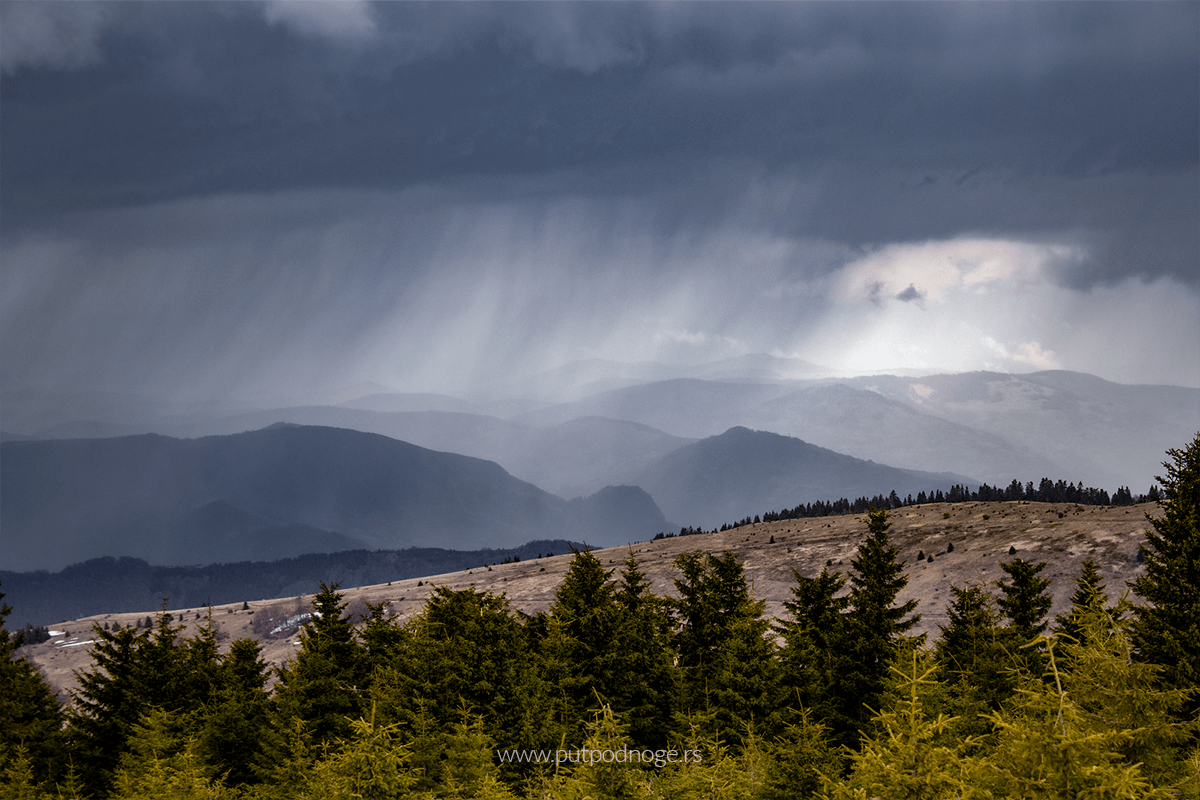
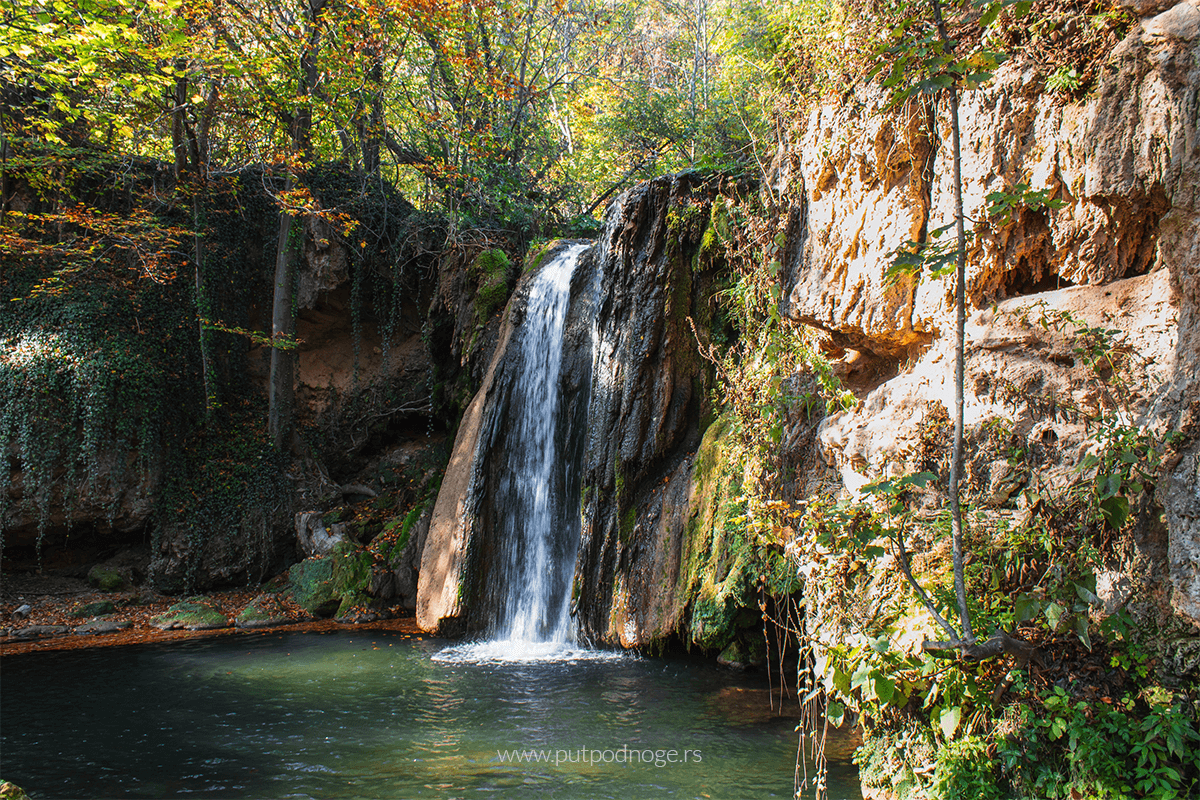
Leave a Reply